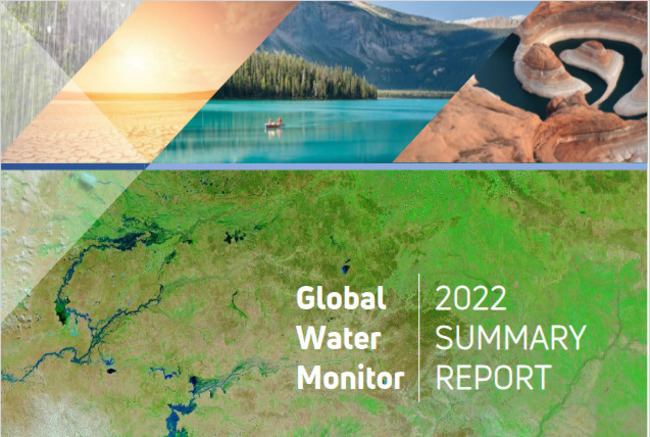The year 2022 will be remembered as the third consecutive La Niña year. There were extraordinarily devastating floods in Pakistan, while multi-year droughts in eastern South America, the western USA and the Horn of Africa intensified further.
Globally, the water cycle was dominated by warmer than average ocean waters in the western Pacific Ocean and cool waters in the east, combined with a negative Indian Ocean Dipole, with relatively warm sea water in the eastern and northern Indian Ocean and cool water in the west.
As a result, a heatwave developed in south Asia early in the year, followed by a powerful monsoon with unusually high rainfall causing flooding and landslides in Pakistan, Afghanistan, India, Thailand, Cambodia, Australia and several other countries.
Meanwhile, rainfall in the Americas, Africa and Central Asia was below average, intensifying drought conditions in the western USA, the centre of South America and the Horn of Africa.
In western Europe and much of China, heatwaves and drought marked the summer of 2022, with rivers and lakes shrinking before returning to more average conditions later in the year.
Global precipitation – averaged over the year and the global land area – was very close to average values for around 2000. However, the last two decades have seen increased air temperatures and declining air humidity, increasing heat stress and water requirements for people, crops and ecosystems alike.
At the end of 2022, dry conditions persisted in Central Asia, parts of North and South America and some islands in the western Pacific Ocean, suggesting a risk of intensifying or newly developing drought.
https://wenfo.org/globalwater/wp-content/uploads/2018/09/GlobalWaterMonitor_2022_SummaryReport.pdf









